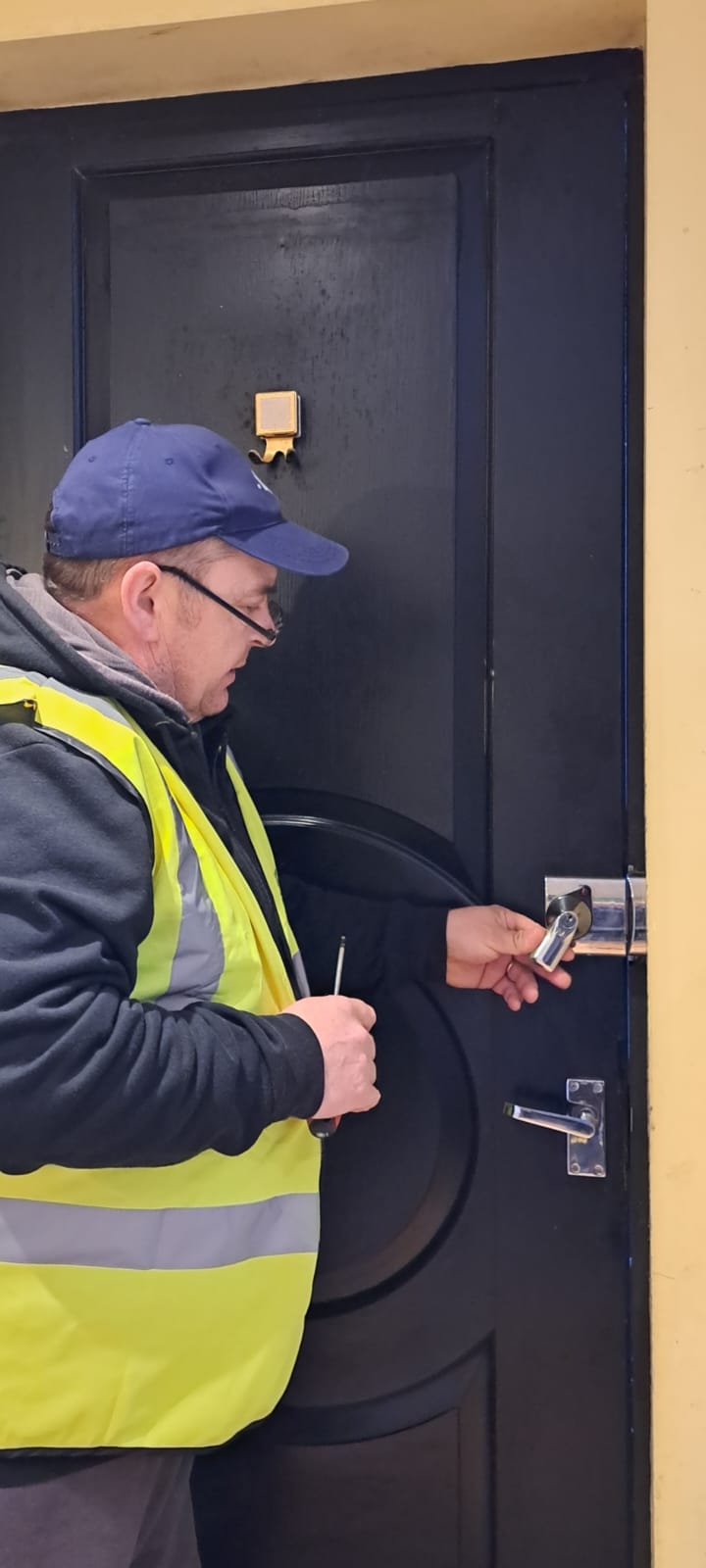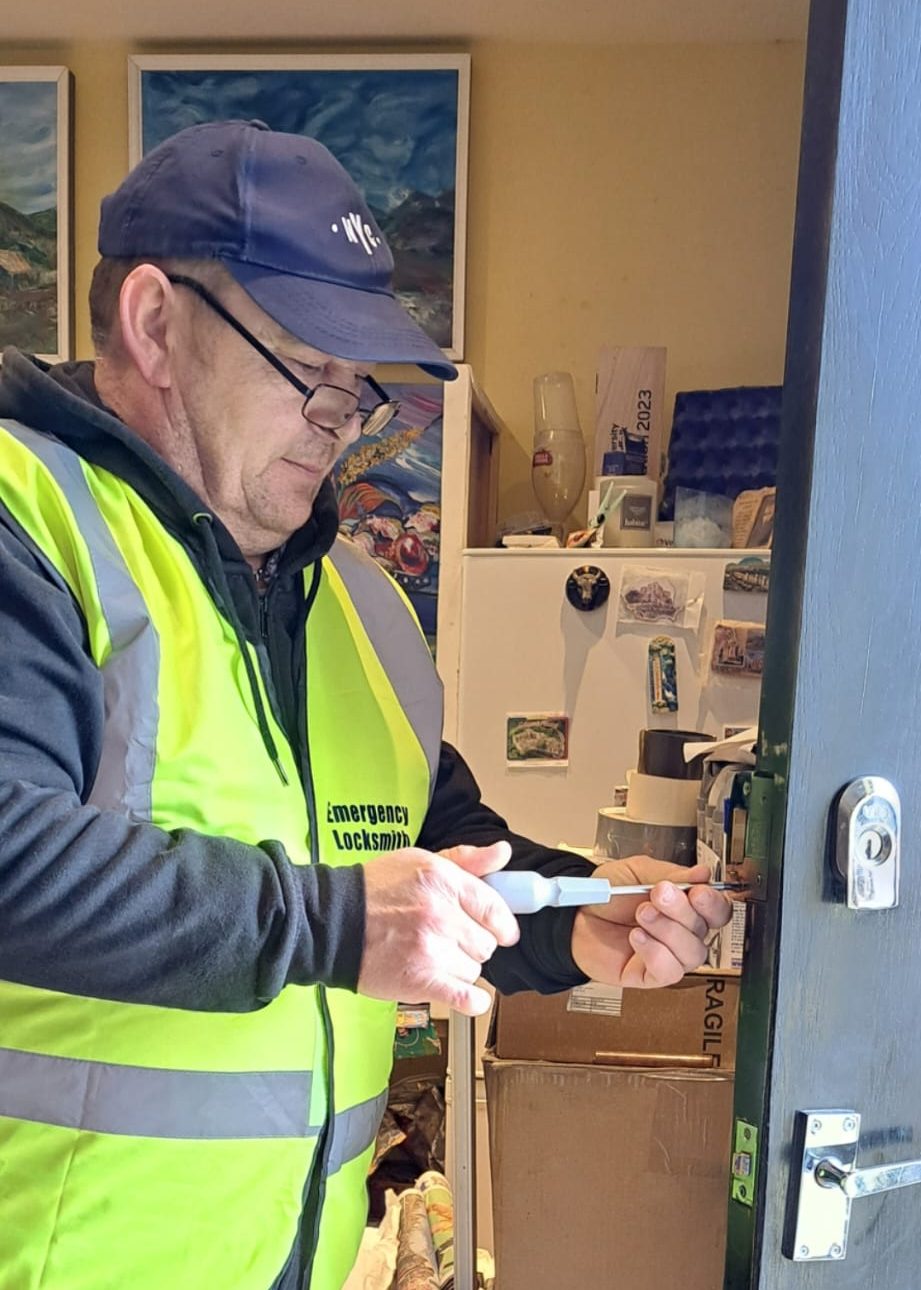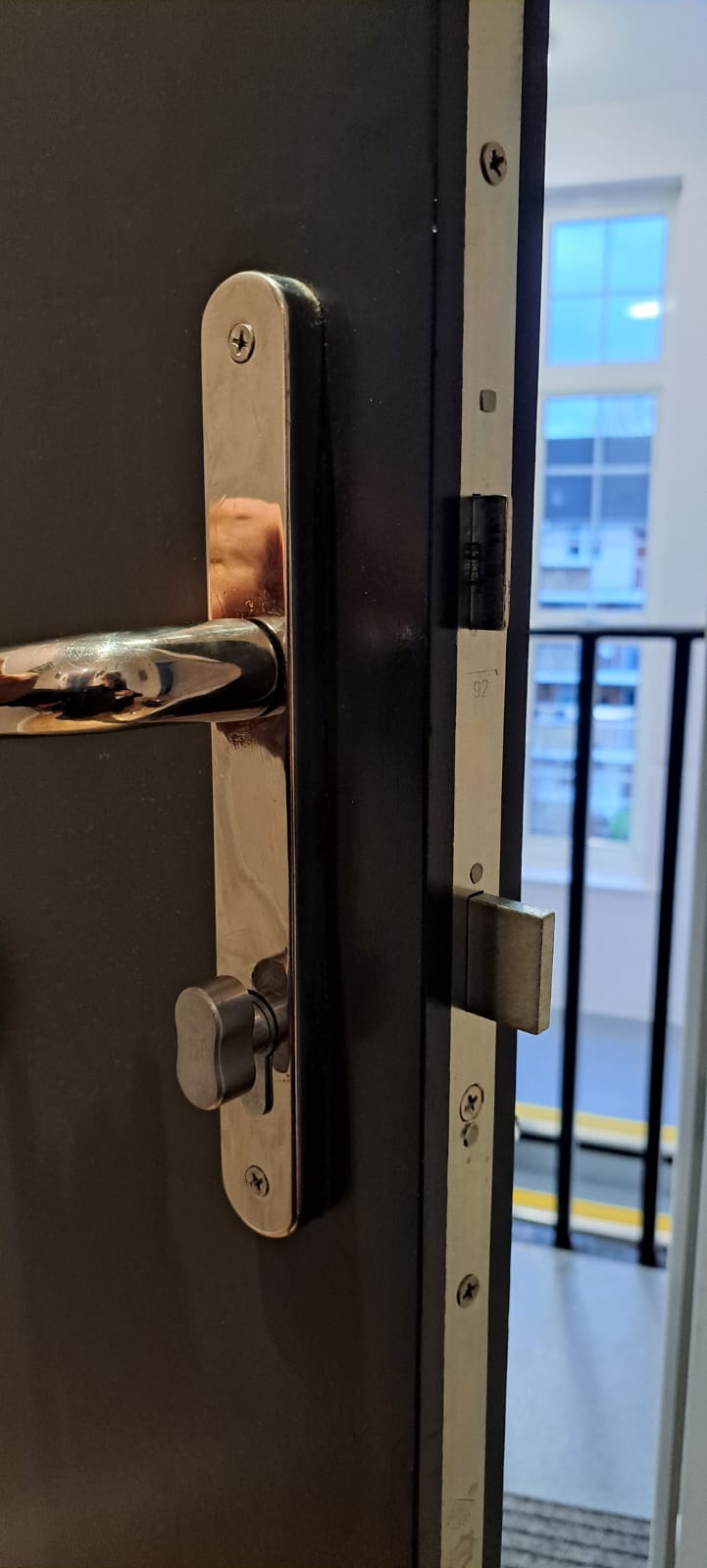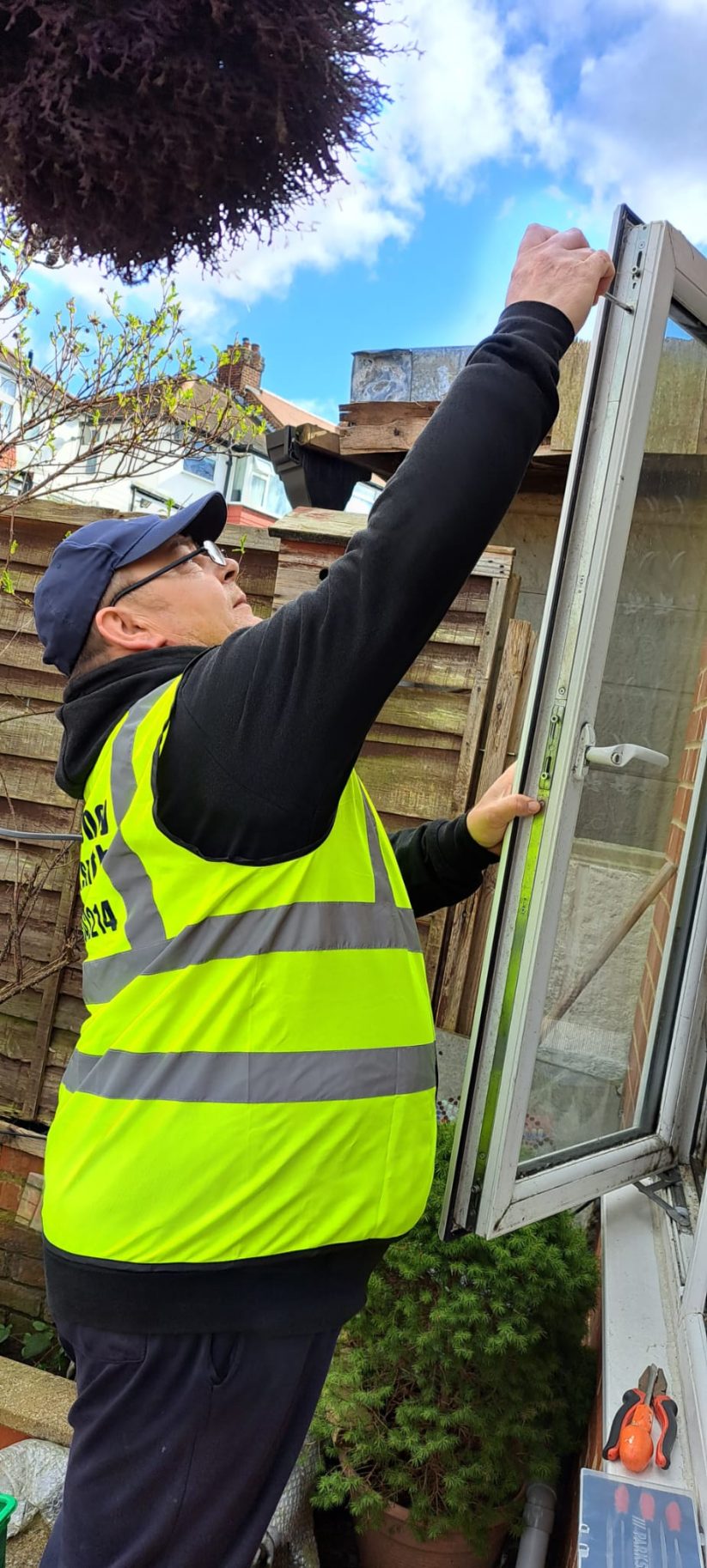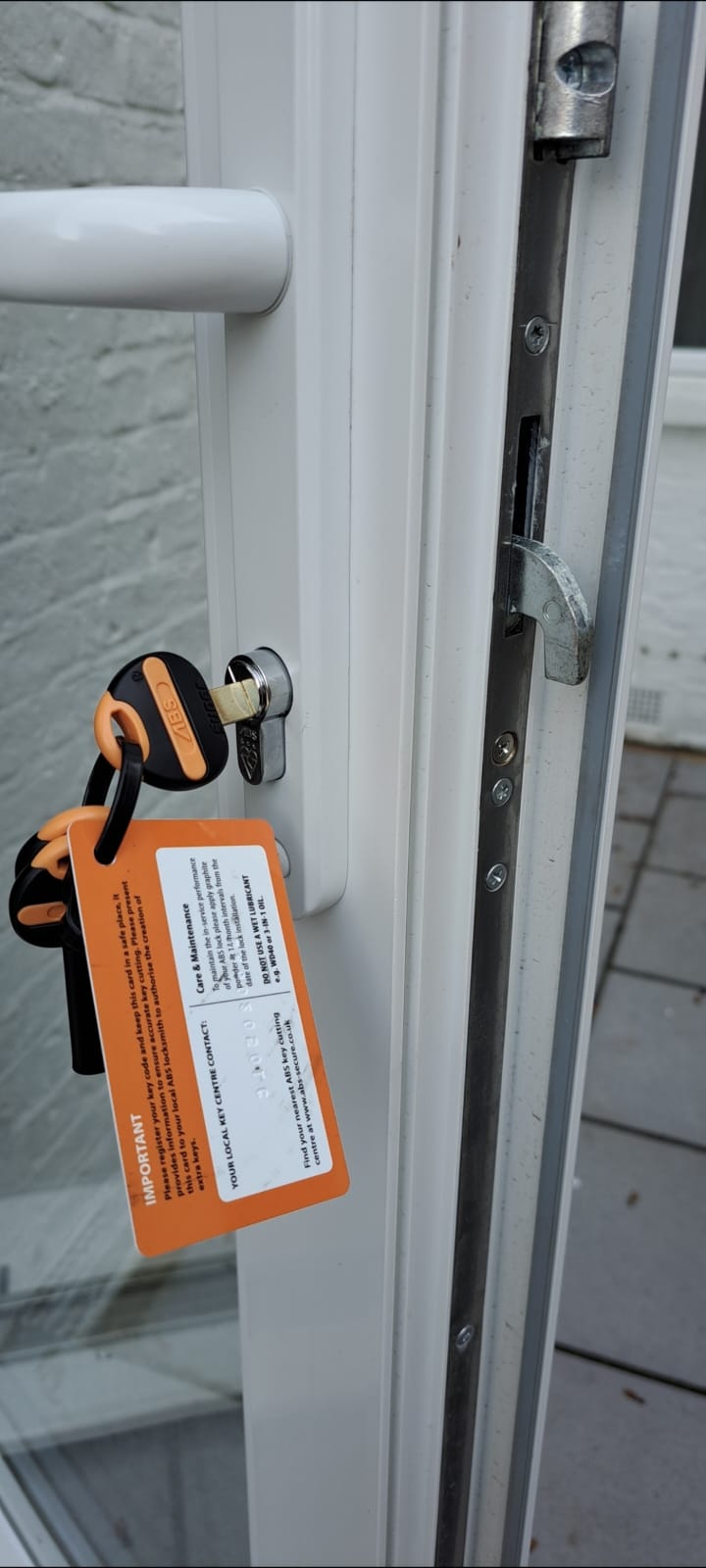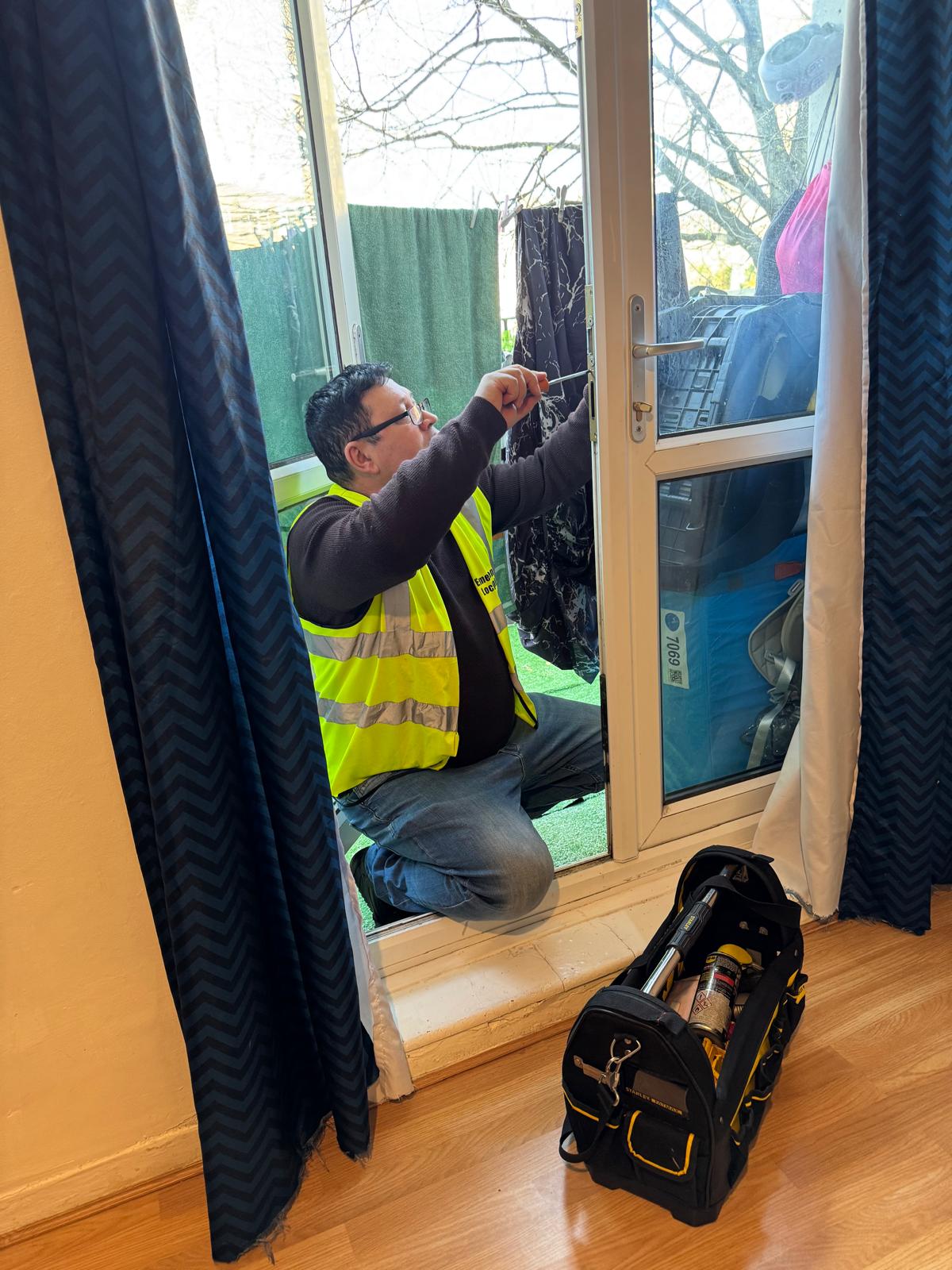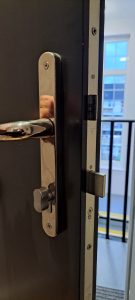| 5 Things to Try When Your Key is Stuck in the Door (Key Won’t Turn Into lock)! |
If your key gets stuck in a lock and won’t turn, it’s not time to mess around. Make the wrong moves, and you could damage your lock or break your key.. However, choose the right approach, and you reduce the chance of damaging your lock and paying for an expensive emergency lockout.
Here are five things to try when your key is stuck in the door or won’t turn in the lock.
1. Lubricate the Lock Cylinder Properly
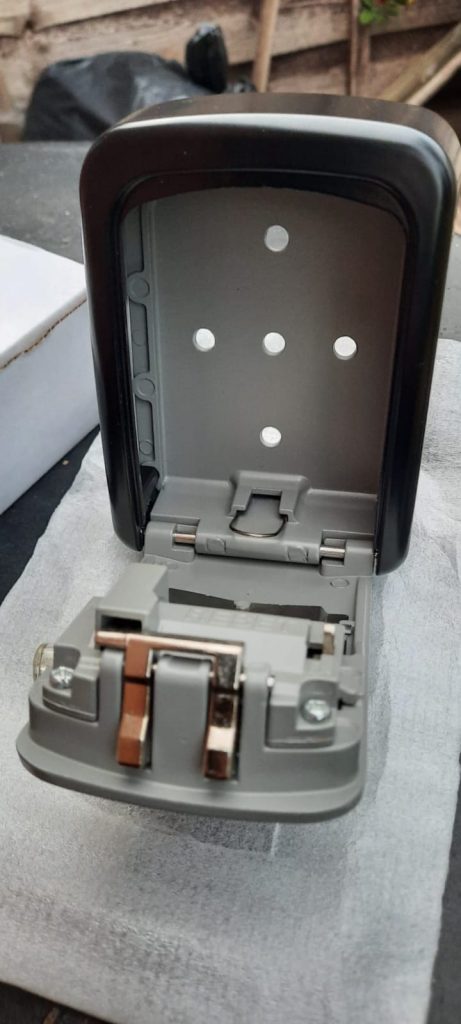
A dry or dirty lock is one of the most common reasons a key gets stuck or won’t turn. The right lubricant can make all the difference:
- Use a graphite-based or silicone spray lubricant. Some locksmiths swear by Teflon-based lubricants, especially for interior locks with unclear visibility. Industry professionals prefer these because, unlike oil-based products, they don’t attract dust and debris.
- Insert the lubricant nozzle or straw into the keyhole. The aim is to get the product deep into the lock mechanism. If your key is already in the lock, spray alongside its body.
- Wait 30 seconds to a couple of minutes to let the lubricant penetrate.
- Gently try turning and removing the key again. Repeat this process if necessary, but avoid overdoing it—too much lubricant can cause the lock to malfunction over time.
Expert tip
Avoid using WD-40 or other oil-based sprays on locks. These products can attract grime and, over time, worsen the sticking.
2. Gently Wiggle and Jiggle the Key
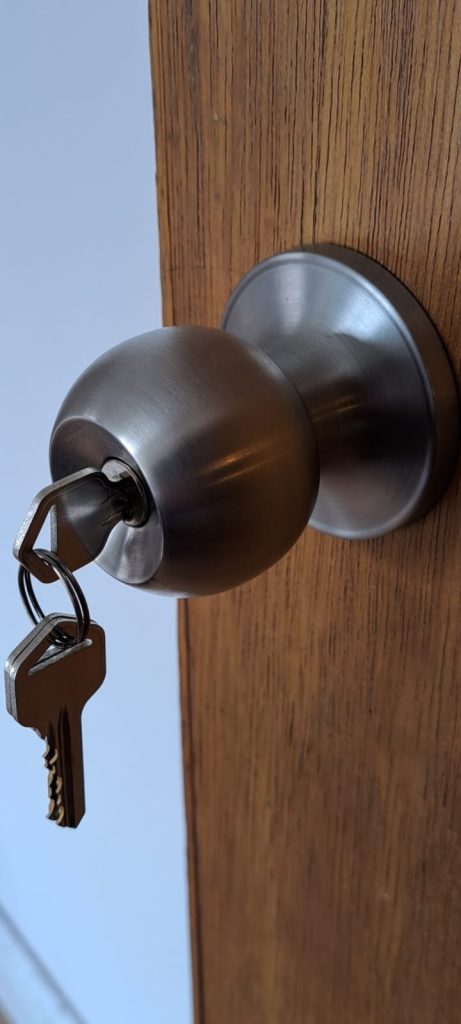
Sometimes, you can free a stuck key from a lock which just needs a little finesse.
- Hold the key by the handle, which is called the bow, and gently wiggle it up and down or side to side while applying a very slight turning pressure in the direction you’d normally unlock the door.
- If the key is stuck halfway, try backing it out slightly before turning it gently again.
- Always use gentle, controlled movements. Never force the key, as this can cause it to snap inside the lock. This is a different level of problem that typically requires professional intervention.
Expert tip
If you feel resistance, stop and try a different angle or technique. Forcing it risks breaking the key, which brings an extra set of complications to the removal and repair of your lock.
3. Check and Correct Door and Lock Alignment
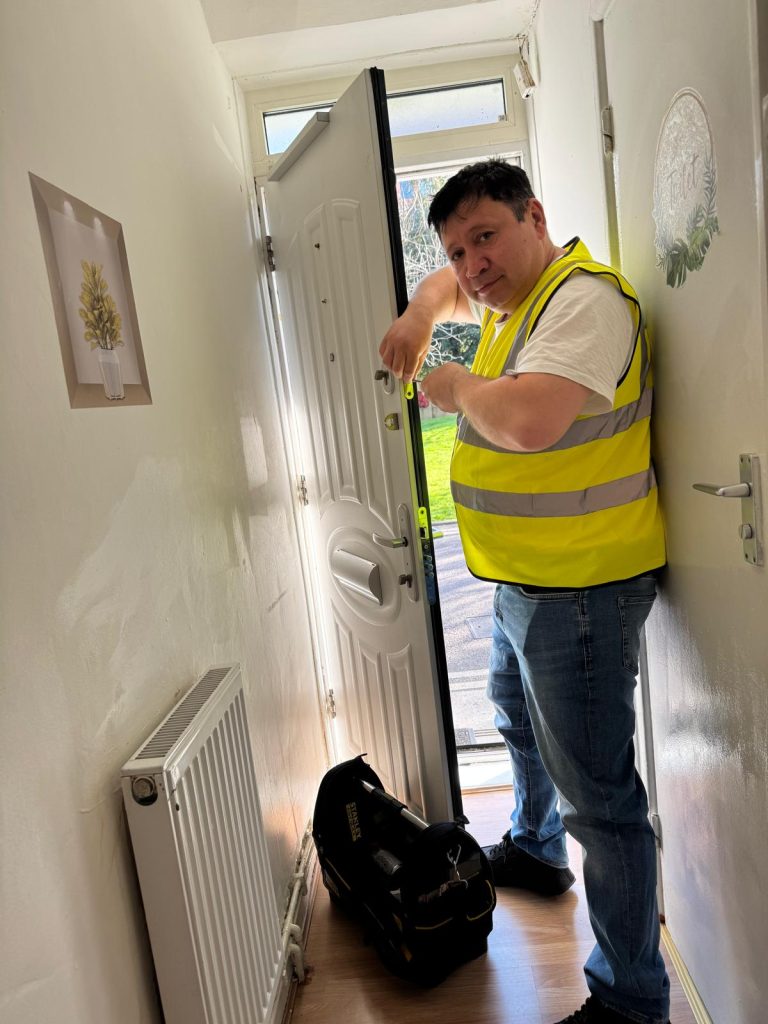
Misalignment between the door and the lock mechanism is a frequent culprit, especially when you’re dealing with uPVC or wooden doors:
- Ensure the door is fully closed and flush with the frame.
- Gently lift, push, or pull the door to see if relieving pressure helps the key turn. Sometimes, just a slight adjustment in the door’s position can realign the lock and allow the key to move freely.
- For doors that have swollen due to weather, try adjusting your pressure. When deadlines are met with these issues in cold conditions, you can try to gently warm the lock with a hairdryer to counteract any troublesome freezing.
Expert tip
Persistent alignment issues are a tell-tale sign of worn hinges or a shifting frame. To prevent future lockouts, proactively address these underlying problems.
4. Inspect and Clean the Key and Keyhole

Dirt, debris, or a damaged key can easily cause sticking.
- If it’s possible, remove the key and inspect it for bends, burrs, or visible wear. Clean it with a cloth.
- Shine a flashlight into the keyhole to check for dust or foreign objects.
- Use compressed air to blow out debris, or clean the inside of the lock with a small brush or cotton swab dipped in rubbing alcohol.
- Try reinserting the cleaned key and turning it gently.
Expert tip
If the key is visibly bent or damaged, it’s time to get a replacement. If you keep using a damaged key, these issues will not go away. Instead, they might get worse, leading to a more complex, time-consuming, and even expensive situation to fix.
5. Try a Spare Key or Alternate Entry
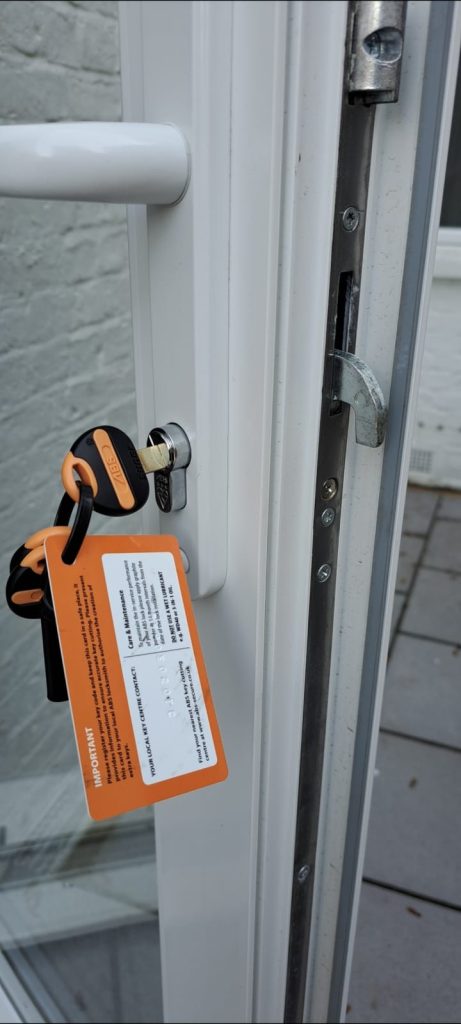
Sometimes, the problem is with the key itself. Having a spare key on hand can help you narrow down the problem.
- Use a spare key to see if it works smoothly. If the spare key operates the lock, your original key is most likely worn or damaged and therefore should be replaced.
- If neither key works, the issue is likely with the lock mechanism itself, which is a good sign that you need to have it professionally repaired.
- For sliding or security screen doors, avoid leaving keys in the lock as this increases the risk of snapping.
Expert tip
Always have a spare key cut from the original. Making a copy from a worn or slightly damaged key can lead to duplication issues due to slight changes in the shape of the key.
When to Call a Locksmith

If you try out these steps and they don’t resolve the issue, or if the key breaks inside the lock, it’s time to call a professional locksmith.
Attempting to force the lock or use makeshift tools can cause further damage, leading to more expensive repairs or even a full lock replacement. Locksmiths have the specialised tools and expertise to safely extract stuck or broken keys, diagnose underlying issues, and restore your security efficiently.
Expert Tips for Preventing Future Problems
The tips we’ve shared above can get you out of a sticky situation. However, if you want to avoid the hassle altogether, you need a more proactive approach. Here are some expert tips to help you avoid these problems in the first place.
- Regularly lubricate and clean your locks as part of home maintenance.
- Replace worn or bent keys as soon as you notice a problem..
- Address any door alignment issues as soon as they arise.
- Avoid using excessive force with any lock. Gentle, controlled movements dramatically reduce the likelihood of further damage.

